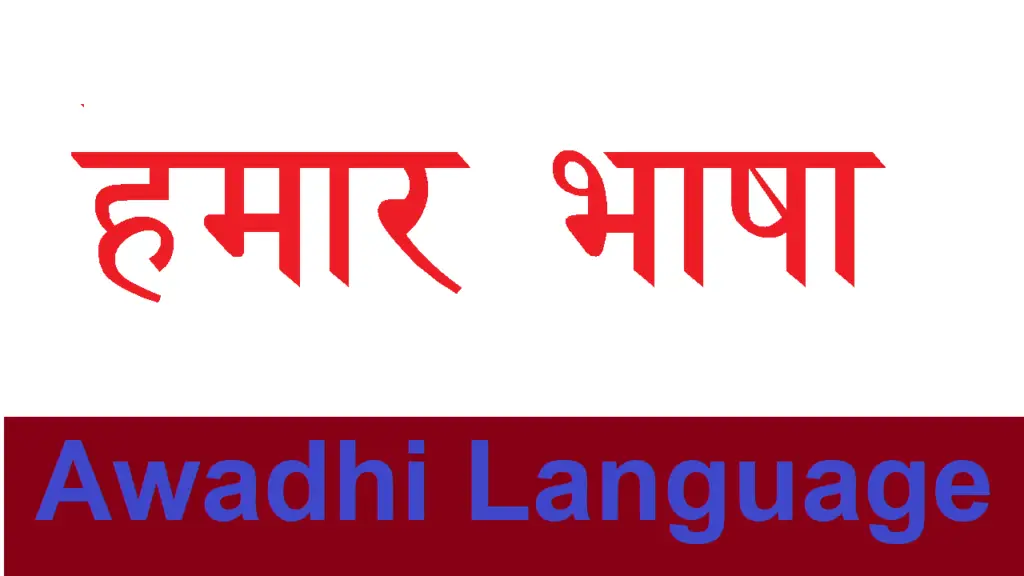Languages are not only a means of communication but also carriers of the culture, history, and identity of a particular community or place. One such language that holds significance in Nepal is Awadhi.
Awadhi language is an Indo-Aryan language. It has a history importance, and a unique structure of language. Awadhi language played a importance role in the cultural landscape of Nepal. It speaks particular southern part called Terai Madhesh area of Nepal.
Origin and History:
Awadhi language is originated from the Indo-Aryan languages that emerged in the Indian subcontinent. It is believed that Awadhi language have been evolved from the Sanskrit language, which was spoken by ancient Indian communities.
The term “Awadhi” is derived from the region of Awadh or Ayodhya, historically located in what is now the northern part of Uttar Pradesh, India. Most people are speaking in the Awadhi in this region.
Linguistic Structure:
Awadhi language is classified as an Indo-Aryan language, it belonging to the same language family as Hindi, Bengali, Bhojpuri, and Marathi.
It has many verbal features, such as its vocabulary and grammatical structure. It primarily uses the Devanagari script for writing. However, Awadhi has its unique characteristics that differentiate it from other languages.
Development and Influence in Nepal:
The history of Awadhi’s development in Nepal is closely linked to the movement of people across the borders of Nepal and India. Due to historical, cultural, and economic ties between Nepal and India, Awadhi has had a significant influence on the linguistic and cultural fabric of Nepal.
Awadhi language grew prominence in Nepal due to its association with religious texts and cultural practices. Many important religious texts, including parts of the Ramayana and other scriptures, are written in Awadhi language.
The Nepalese people, particularly those who practice Hinduism, give more importance of this language. Additionally, Awadhi has influenced various forms of scriptures, traditional music, theater, and art in Nepal, further enriching its cultural significance.
Current Situation:
In modern Nepal, while Awadhi retains its cultural and religious importance, its everyday usage has diminished. Nepali “Khas” language is the dominant language in Nepal, which serves as the official language and use for communication across the country.
As a result, Awadhi is now spoken by a relatively smaller population, primarily in specific pockets where the language has strong historical roots.
Many organizations, scholars, and community leaders are working for the promotion and protection of the Awadhi language, in terms of its literature, and traditions. There are many initiatives such as language classes, literature festivals, and cultural events to protection of the language and keep it alive in the younger generation.
Conclusion:
In Nepal, Awadhi language is reflecting the relationship between community, language, culture, and history. This language also carries deep religious and cultural significance, it has left an ineradicable mark on Nepal’s cultural tapestry.
It has mostly spoken in the Nawalparasi, Rupandehi, Kapilvastu, Dang, Banke and Bardiya district of Lumbini province of Nepal. It seems that everyday usage of this language has declined, due to not usage as official language and teaching in the Nepalese schools.


